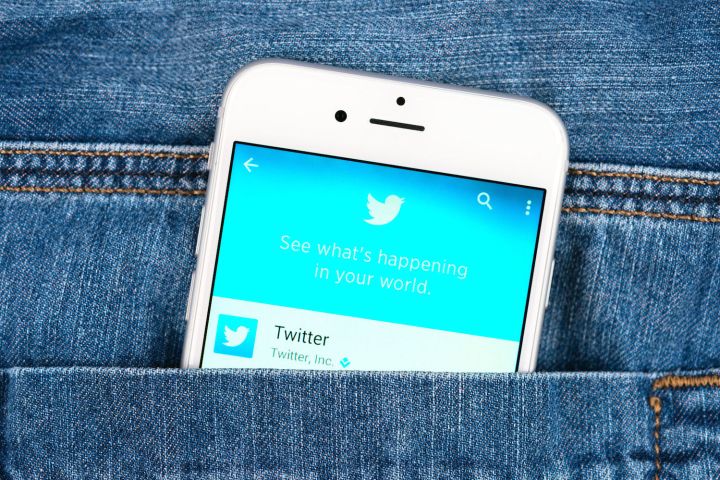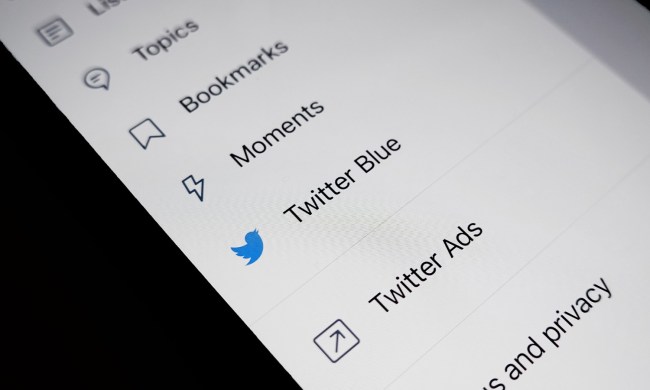
Aliza Rosen, Twitter’s product manager, claimed that the 140-character limit “[was] a major cause of frustration,” and that users who don’t have to worry about it typically tweet more. “When people don’t have to cram their thoughts into 140 characters and actually have some to spare, we see more people tweeting,” she wrote in a blog post.
Twitter’s character limit was originally designed for compatibility with SMS cellphone messaging, the Twitter app’s first supported medium, and became one of its defining characteristics. The first 20 of the 160 characters were originally reserved for the username, but Twitter has since carved out exemptions for it and other embedded forms of media including images, videos, attachments, and links.
Rosen said that the character 140-character limit disproportionately impacted users of English, which requires more characters to convey the same meaning as compared to denser, more expressive languages like Japanese. Japanese Twitter users butt up against the 140-character limit just 0.4 percent of the time, according to Twitter, compared to 9 percent of the time for English users.
“[In] languages like Japanese, Korean, and Chinese you can convey about double the amount of information in one character as you can in many other languages, like English, Spanish, Portuguese, or French,” Rosen said.
It’s not the first time Twitter has experimented with expanded tweet lengths. In 2016, the social network considered introducing tweets up to 10,000 characters in length before ultimately deciding against it, according to Recode. And in early September, it began testing a “tweetstorm” feature that let users draft multiple tweets as part of a single thread.
Twitter says it won’t flip the switch on expanded character limits right away. Instead, it will collect data over the next few months before rolling the test out to other “languages impacted by cramming (which is all except Japanese, Chinese, and Korean).”
“Although we feel confident about our data and the positive impact this change will have, we want to try it out with a small group of people before we make a decision to launch to everyone,” Rosen said. “What matters most is that this works for our community – we will be collecting data and gathering feedback along the way. We’re hoping fewer tweets run into the character limit, which should make it easier for everyone to tweet.”
Of course, there are people who are up in arms about the possible change, and as such, there already exists a Chrome extension to help you block any tweets longer than 140 characters (if brevity is really your thing). You can install Block280 and have it collapse any tweet that is longer than 140 characters. As per creator Conor Browne‘s commentary on the extension’s Product Hunt page, he created the tool in response to the many complaints he saw about the longer tweets. Who knew people felt so strongly about being concise online?
Update: If having 280-character tweets really upsets you, go ahead and install Block280, a new Chrome extension.


